Why is Pokémon GO such a big hit NOW?
Pokémon GO probably needs little introduction. It’s a location-based AR game that is spreading around the world like wildfire. In less than a week, it managed to attract more active users than Tinder and is even surpassing Twitter in the US. The time spent in the app is off the charts, and it’s not even officially available around the world yet.
For most of the world, there are extra hoops you have to jump through to get the app. Despite this, I haven’t yet seen a single unclaimed gym in my officially unsupported country (and I’ve been playing since the release). Pokémon GO has gone viral this week in a way that no app has ever done before.
Like so many of the unexpected successes, Pokémon GO isn’t really a new idea. Foursquare/Swarm has been gamifying location for over 7 years. Niantic, the company behind Pokémon GO, has released Ingress, a game with similar gameplay to Pokémon GO, in July 2014. And there are games like Tep or Wokamon where you take care of virtual pets by walking around.
But you’ve probably never heard of these games unless you follow the mobile games industry more closely. So why are similar location-based games a niche, while Pokémon GO quickly became the most popular game of the year, with even serious publications likes The Guardian, Forbes and others sharing tips on how to play the game?
The short answer: the game hits a sweet spot on timing, theme and key gameplay aspects. For a longer answer on what makes Pokémon GO better than the competition and just the right game for today, keep reading below:
1) A wide appeal: you’re never too old to like Pikachu and collect pets
Ingress is about capturing portals around your city. The trailer for the game on YouTube looks like a sci-fi movie.
If you’re a geek, this is a super exciting premise (minus all the walking around). But it’s a hard sell for the general public.
Now take a look at the trailer for Pokémon GO on YouTube.
Awww. Now that’s something everyone can love. Bright colors, uplifting music, and oh my, so many cute pets to collect! It’s something kids can get excited about, it’s something my generation fondly relates to from 20 years of Pokémon GameBoy games, cartoons, and the trading card game, and it’s something you can get excited about while taking your dog for a walk. Even if you’ve never heard of Pokémon before.
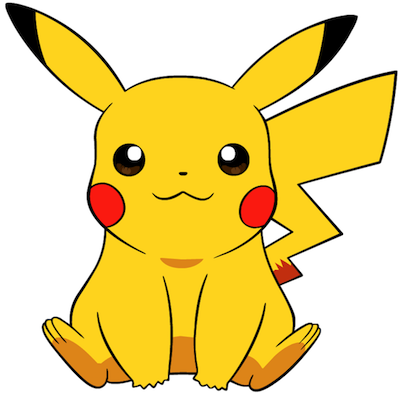
The game brings out the child in us and gives us permission to get excited about going out and collecting super cute virtual pets around the city. Backed by a strong Pokémon brand, it’s that rare formula with cross-generational appeal that is easy to get excited about.
2) Hardware and software: location-enabled devices that can handle AR are the default
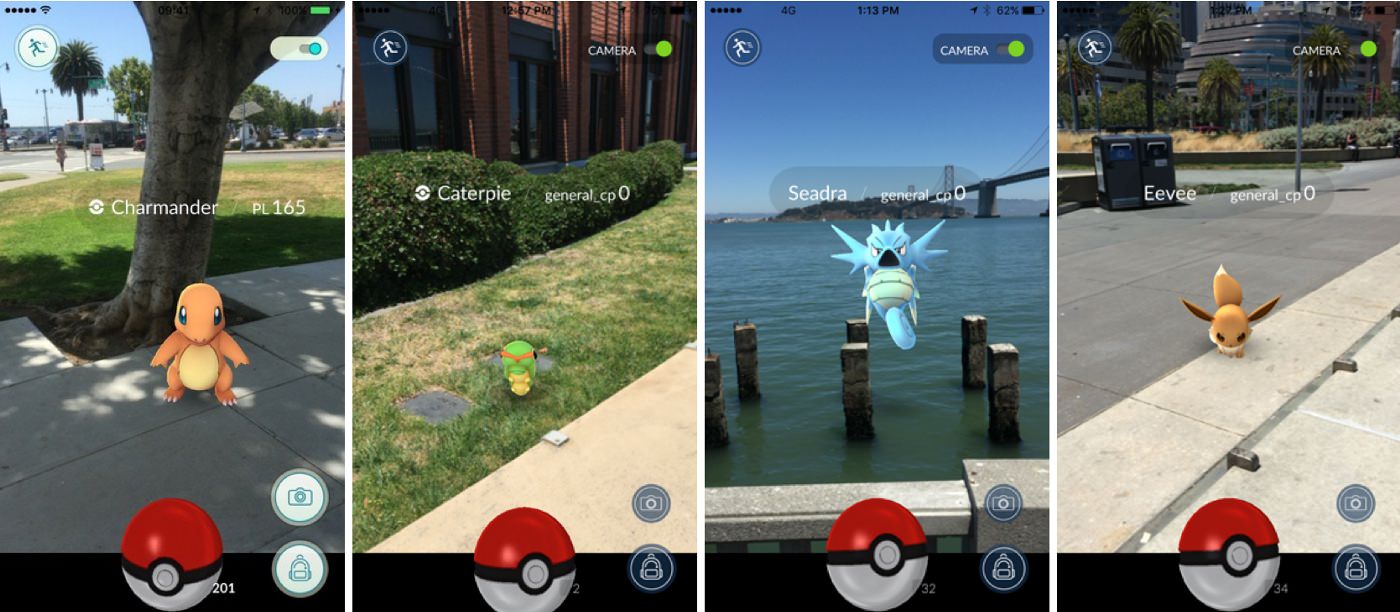
Having a smartphone with GPS and a big screen in your pocket is the norm today. From a hardware perspective, a game based on an interactive map and augmented reality (AR) has a much bigger market today than just a few years ago.
With our phones being able to handle AR pretty decently, Snapchat made overlaying digital content on top of the real world an every day thing. You don’t even have to know we’re calling it AR. Dog ears around your face in Snapchat one second and a Pokémon appearing in the middle of the street the next; there’s nothing unusual about that. But it still delights us.
3) Timing: a bit of uncomplicated fun when we need it the most
Watching or reading current news probably leaves you with a strong desire to curl up into a ball and never leave your house again. All those shootings, racism, politicians acting like spoiled kindergarteners, so much hate everywhere …
But look! Here, among this big mess, is a fun little game that is all about collecting cute animals around your neighborhood. Yes, please!
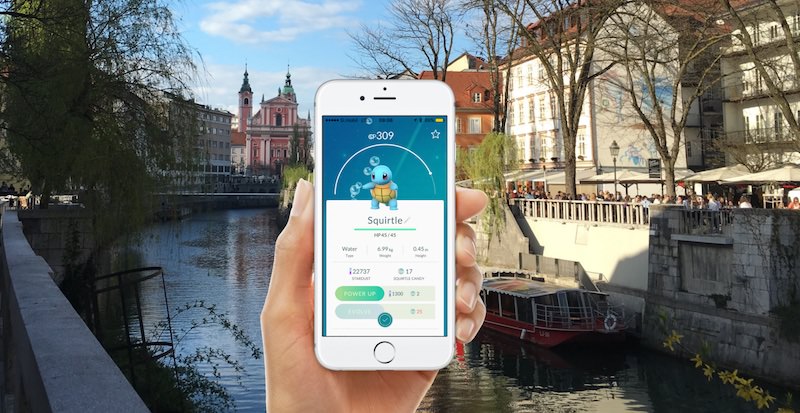
Escapism? Perhaps. But aren’t you always complaining people spend too much time at home, only talking to “virtual friends”? Finally, we have a game that makes it fun to go out. That brings you closer to the people living around you. That shows you points of interest around you that you were too busy not noticing during your daily rush.
Isn’t this the exact thing we need more of in 2016? A simple, fun game that unites us regardless of age, race, gender. Yes, I know the race part is very complicated right now, but wouldn’t it be great if this silly little game made us talk to our neighbors about something we have in common, rather than things that divide us?
4) Being social is more than a share: we love being part of something bigger and real
That brings me to my next point. Pokémon GO doesn’t have a single Share, Like or Tweet button. Similarly to Minecraft, it doesn’t even have a decent tutorial to teach you all the tricks. You hear about the game from a friend and you learn all the cool tricks from other people. Either online or in person, while you’re catching the same Pokémon.
Pokémon GO is a digital game that tries to bring you closer to the world around you. It encourages you to walk more, so you can hatch rare Pokémon from eggs. You soon figure out it pays to ask friends for help in taking over the local gym, where Pokémon train and fight. And you increase everyone’s chances of a rare Pokémon appearing if you look for Pokémon in a bigger group. You’ll invite friends to go Pokémon hunting with you because you’ll do better together and because it’s more fun to spot Pokémon together.
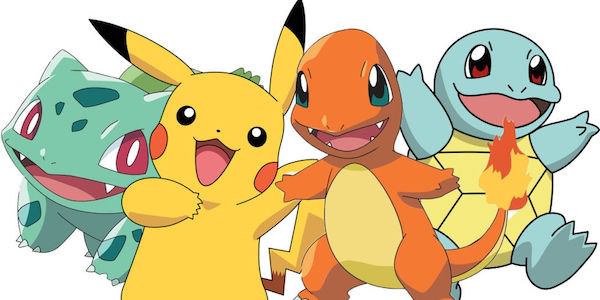
Hear that, marketers and growth hackers? Stop wasting time on sneaky new tricks that force users to share your content. Spend more time building great experience that make your users awesome. Don’t limit their play time, make the play time so exciting they’ll tell all their friends about it. Bonus points if you can actually get users to walk around and be more active, like Pokémon GO is doing.
5) Supporting player autonomy: an open world that accommodates different types of players
Way too many successful mobile games have a set path towards the end goal. No choice but to follow that path. Sure, you can play each round differently, but you don’t really shape the game through your actions. Think Candy Crush Saga: you’re basically reduced to a puzzle solving machine.
In stark contrast, Pokémon GO offers an open world that you can explore in any way you want to. No two experiences are alike, you choose the path you will follow in your Pokémon hunt. You can set lures that will attract more Pokémon for all players in the area. You can improve everyone’s chances of finding a rare Pokémon if you bring your friends along. If you fight in a gym, your teammates profit and the opposing teams lose their bonus. Your actions have consequences for other players.
You can even focus on different games inside the game. It has all types of players covered: achievers can focus on collecting Pokémon and badges, explorers have the whole world to explore for interesting points of interest, socializers will have a blast playing with friends, and killers will focus on dominating their local gyms. Something that’s usually been the domain of more complex MMOs (Massively Multiplayer Online Role-Playing Games) like World of Warcraft, has finally been compressed into a casual mobile game that even grandma can enjoy. You, as a player, have the choice. You are in control and you shape the game.

6) Loyalty through delight: finally a free-to-play game that respects its players
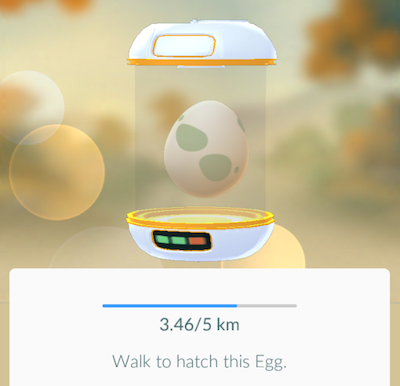
Pokémon GO is a game filled with Christmas presents. You never know whether the next Pokémon you’re going to hatch from the egg or find in the wild will be super rare or super powerful. Variable rewards keep us engaged and the game feels like a gift that keeps on giving. The perfect box of chocolate.
It’s practically the opposite of most free-to-play games topping the charts in app stores. You’re not forced to play every day. You’re not forced to watch ads, the game store is just a little add on. It shows respect for the player. Carrots over sticks. This is how you build loyalty.
Instead of making cents on ads that annoy users, Pokémon GO is focused on building a passionate user base. I bet they’ll sell a ton of $35 Pokémon GO Plus bracelets: it’s a physical add-on that vibrates when a Pokémon is close. Another clever move into the physical world, where it’s easier to justify the price.
7) Low entry barrier: your body is the controller
Do you know how to walk and use Google Maps? Yes? Good, you know how to play Pokémon GO! A lot of people stay away from console games because they are put off by the steep learning curve. For a casual player, a dedicated game controller, all those combos, and complicated movement mechanics are just too much to learn for too little fun in return. Casual mobile games like Angry Birds have already lowered the barrier to entry into gaming, and Pokémon GO builds upon that.
In Pokémon GO, your body is a controller. And no, you don’t have to learn specific gestures like in Kinect games. You use what you already know: walking. Sure, catching a ball does require a bit more skill, but if you know how to swipe on your smartphone, you’ll get the hang of it.
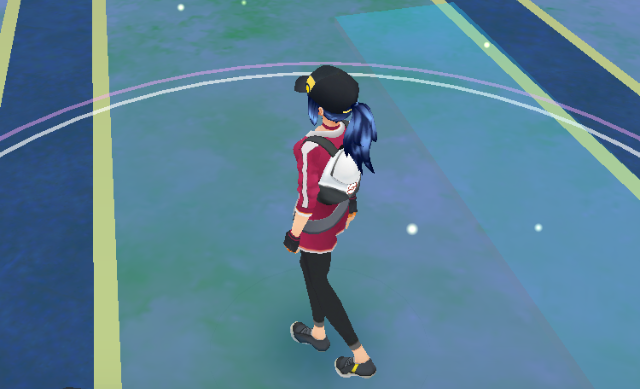
The game’s focus on walking is also a good excuse and motivator for being more active. Something we all know we should be doing more, but ultimately too lazy to do. Pokémon GO is even making geeks leave the safe comfortable bubble of their high-tech homes. Dogs benefit from more regular walks with their owners. And it’s even helping people with mental health problems get out there and meet people.
Yes, that’s extrinsic motivation, so it might be not super effective in the long run (as is the case with a lot of fitness trackers). But we still have to give credit to a game that has managed to convince millions of people to get out there and explore the world in just a week. That’s something no game has ever managed to do.
I know: it won’t be easy for Niantic to sustain this huge momentum. But even if it is just a summer hit, it sure is making its mark and hopefully bringing people together at a time when we should all try harder to get to know and understand our neighbors, regardless of our differences.
 Tags:
Tags: